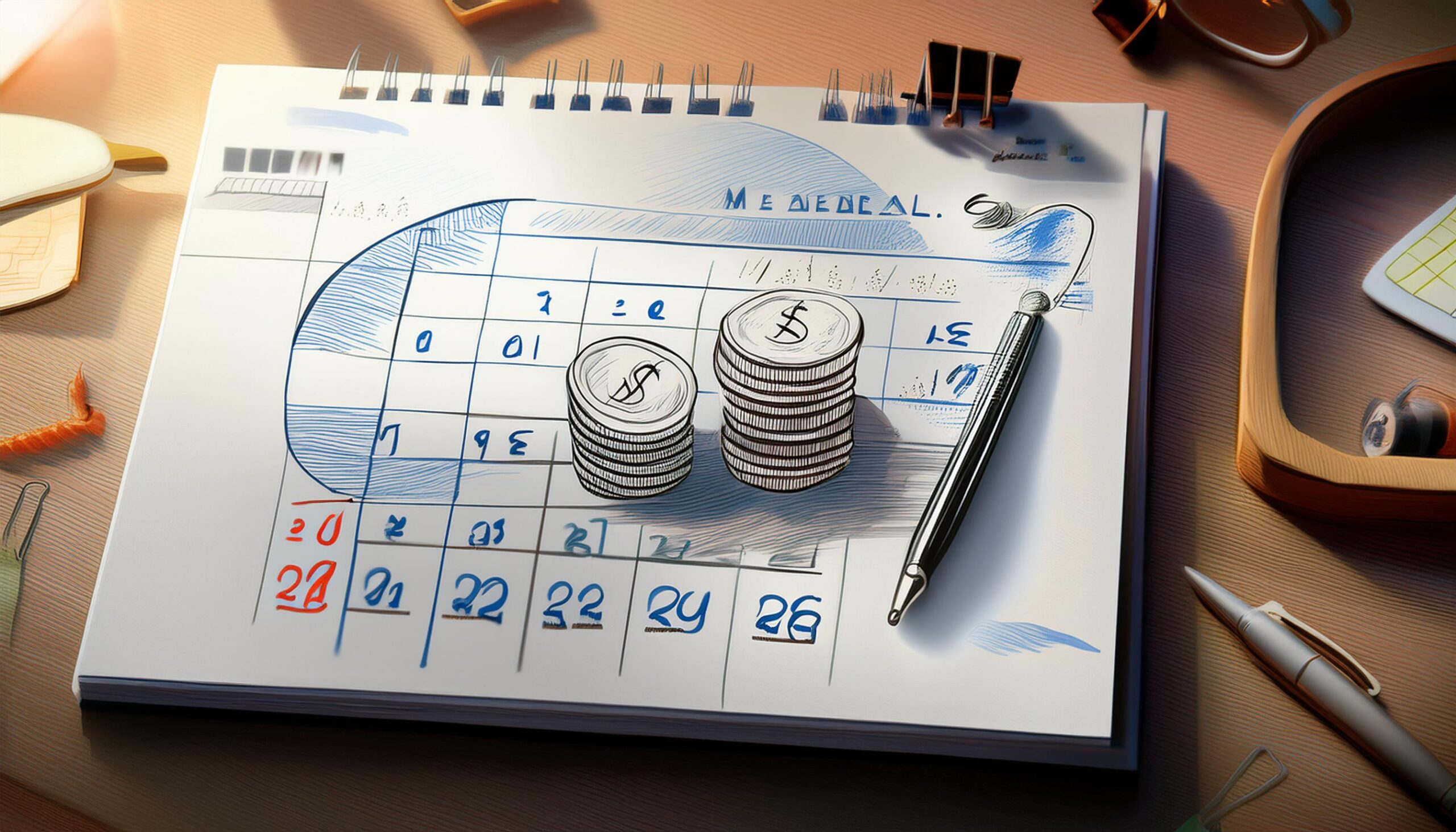A personal finance calendar is a powerful tool that can help you stay organized and on top of your financial responsibilities. By mapping out key dates and deadlines, you can better manage your income, expenses, and savings goals. Here’s how to create and effectively use a personal finance calendar to enhance your financial management.
1. Choose the Right Format
Digital vs. Physical: Decide whether you prefer a digital or physical calendar. Digital options like Google Calendar, Microsoft Outlook, or specialized financial apps offer the advantage of automated reminders and easy updates. Physical calendars, such as wall planners or desktop calendars, provide a visual reference but require manual tracking.
Calendar Layout: Select a calendar layout that suits your needs. Monthly views are useful for tracking recurring expenses and income, while weekly or daily views may be better for managing short-term tasks and deadlines.
2. Mark Key Dates
Bill Payment Deadlines: Start by noting all bill payment due dates, including utilities, rent/mortgage, credit cards, and subscriptions. Regularly updating this information helps ensure you never miss a payment and avoid late fees.
Income Dates: Include your pay dates or any other sources of income. This helps you plan your budget around when funds will be available, making it easier to allocate money for expenses and savings.
Savings and Investment Contributions: Track contributions to savings accounts, retirement funds, or investment accounts. Setting specific dates for these contributions helps you stay disciplined and ensure you’re consistently building your financial security.
Financial Goals Deadlines: If you’re working towards specific financial goals, such as saving for a vacation or paying off debt, mark milestones and deadlines on your calendar. This keeps your goals visible and provides motivation to stay on track.
3. Add Regular Reviews
Monthly Budget Review: Schedule a monthly review of your budget to assess your spending, savings, and progress toward financial goals. Use this time to adjust your budget based on any changes in your financial situation.
Quarterly Financial Check-ins: Plan quarterly check-ins to review your overall financial health. Assess investments, track changes in income or expenses, and evaluate your progress towards long-term goals.
Annual Financial Planning: Set a date each year to review your financial plan, including tax planning, insurance needs, and retirement savings. This annual review helps ensure that your financial strategy remains aligned with your goals and life changes.
4. Use Reminders Effectively
Set Automated Alerts: For digital calendars, utilize automated reminders to alert you of upcoming due dates and important tasks. This feature ensures you stay on top of deadlines and avoid missed payments.
Manual Reminders: For physical calendars, use sticky notes or highlight important dates. Regularly reviewing and updating your calendar ensures you remain aware of key financial responsibilities.
5. Adjust and Adapt
Update Regularly: Keep your calendar up-to-date with any changes in your financial situation, such as new bills, changes in income, or adjustments to savings goals. Regular updates ensure your calendar remains an accurate reflection of your financial commitments.
Adapt to Changes: Life events, such as a job change or major purchase, may require adjustments to your financial calendar. Adapt your calendar to accommodate these changes and maintain effective financial management.
Conclusion
Creating and using a personal finance calendar is a practical strategy for managing your finances more effectively. By marking key dates, setting reminders, and regularly reviewing your financial situation, you can stay organized, avoid missed payments, and achieve your financial goals. Whether you choose a digital or physical format, the key is consistency and regular updates to ensure your financial calendar supports your overall financial health.


Leave a Reply